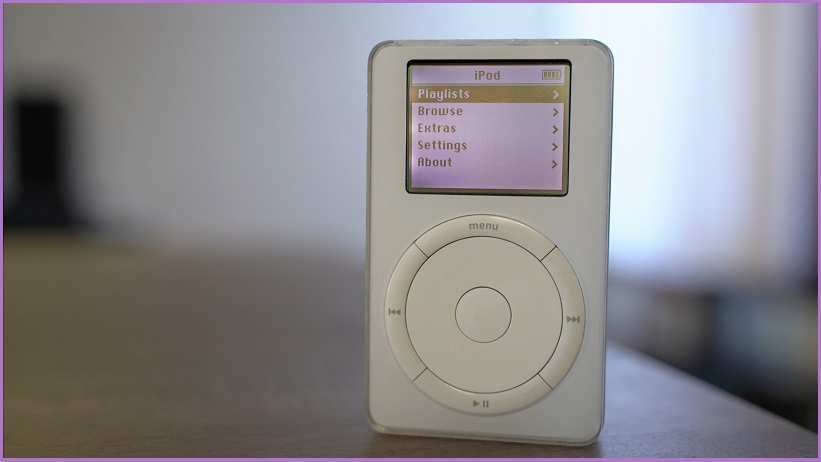Online sellers of second-hand vintage Apple iPod touch devices were demanding eye-watering prices just hours after Apple quietly announced it is killing off the iPod, 20 years after it singlehandedly reinvented the way we consume and engage with music.
Among the “deals” on eBay are a refurbished 6th-generation iPod touch with 64GB of storage selling for $8000; a 6th-generation unit with 16GB of space selling for $5000; and a refurbished 7th-generation unit, with 256GB storage, selling for over $900.
Considering that current pricing for the 7th-generation iPod touch peaks at $599 for the 256GB model – still available online from Apple “while stocks last” – online sellers seemingly expect a rush on iPod touch inventories after Apple this week quietly announced the devices will only be sold until current stocks are depleted.
The death of the iPod – which, Apple said in its press release-cum-iPod homage, “captivated users all over the world with the ability to take their music with them on the go” – marks the end of an era for a device that grew from being a storage unit for music files into an all-purpose gaming, video, music, social-conferencing and augmented reality device.
Apart from its ability to cram 1,000 songs into a portable unit, the original iPod was notable for innovations such as its click wheel interface – which made it easier to quickly scroll through menus and song lists – and the iTunes Music Store, which debuted in 2003 with the grudging support of major music labels that understood portable digital music was a nail in the coffins of then-common CDs.
Apple produced 27 variations on the concept, ranging from the simple clip-on design of the second-generation iPod Shuffle to the tiny touch-screen iPod Nano and the increasingly iPhone-like iPod Touch, which in its current form works like a lower-specced iPhone without mobile network access.
Gently down the stream
Since the first iPod was launched on 23 October 2001, it and its descendants have sold an estimated 450 million units – helping then newly-appointed CEO Steve Jobs turn the one-time computing has-run into a consumer-electronics behemoth.
Last year, however, the company sold just 3 millon iPod touch units compared with the approximately 250 million iPhones it sold – suggesting that storing music on a dedicated device had become a niche practice – yet “the spirit of iPod lives on”, Joswiak said, noting that “we’ve integrated an incredible music experience across all our products”.
Recent years have seen Apple reposition its Apple Music streaming service – which competes with the likes of Spotify, Google Music, and Amazon Music – at the centre of its music ecosystem, providing access to 90 million songs from its smart watch, home smart speaker, smartphone, and tablet.
Apple isn’t looking back at the iPod touch, whose limited connectivity limits its use of streaming music that has rapidly become the de facto way of accessing music.
To demonstrate that streaming is about more than just playing existing versions of songs, Apple last year committed to upgrading much of its library to higher-quality lossless audio format, as well as partnering with audio specialist firm Dolby to provide audio that leverages the Spatial Audio features of its AirPod Pro wireless headphones.
“With the dawn of immersive audio, we can take the music lover inside the music,” said producer, songwriter and composer Giles Martin, who has worked extensively on the Beatles back catalogue and a broad range of music styles.
Using the new technology, Martin said, “listening experience is transformative and the possibilities for the creator are endless…. There is a unique experience of being able to fully immerse myself in music that, although it is familiar, suddenly sounds new, fresh, and immediate.”
Whether consumers will value Apple’s latest nods to its audiophile customers, however, remains to be seen.
Apple Music has grown its subscriber base rapidly since its 2015 launch, reaching 78 million subscribers last June to become the world’s second largest streaming service – behind industry leader Spotify – and generating an estimated $5.5 billion ($US4.1 billion) in annual revenues for Apple.
More than 523 million people subscribe to streaming music services worldwide, according to a recent report by MIDiA Research that put Spotify’s user base at 160 million – although the company has warned of slower growth ahead in the wake of what it calls the ‘attention recession’ as the COVID-19 entertainment boom eases.










